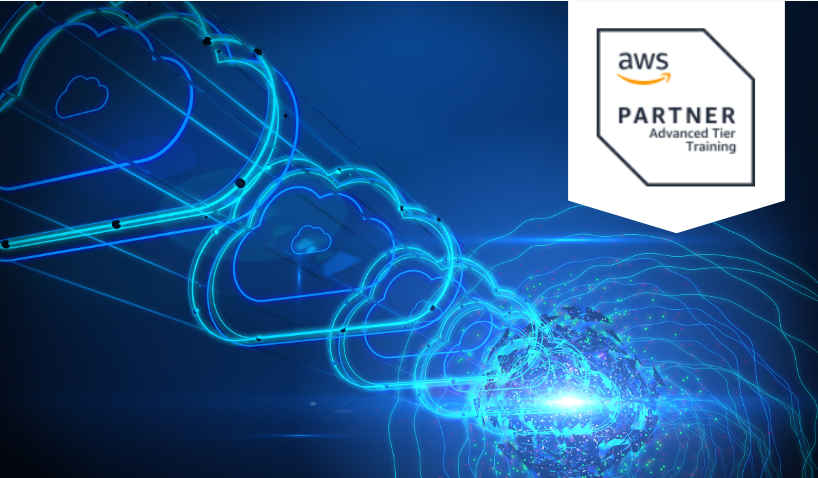Who should attend
This course is intended for:
Database developers
Solutions architects
Database engineers
Prerequisites
We recommend that attendees of this course have:
Familiarity with cloud computing concepts
Familiarity with data modeling for relational or NoSQL databases
Working experience with Amazon DynamoDB table design
Working experience with Amazon DocumentDB table design
Working experience with ElastiCache for Redis
Familiarity with AWS Lambda and Amazon API Gateway database services
Familiarity with Python scripting


